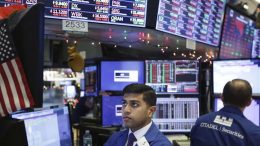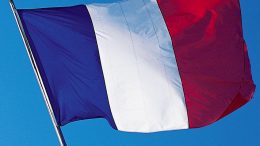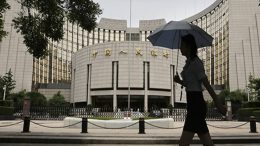2022 To See Monetary Decoupling Between West And East
Alicia García Herrero (Natixis) | This has not been an easy year despite the strong fiscal and monetary support to Covid-struck economies, especially in the Western world. Such support has allowed the North American and European economies to grow above potential amid repeated waves of Covid-19 and related mobility restrictions even if less severe than in 2020. On the other hand, the emerging world has grown below potential this year…









